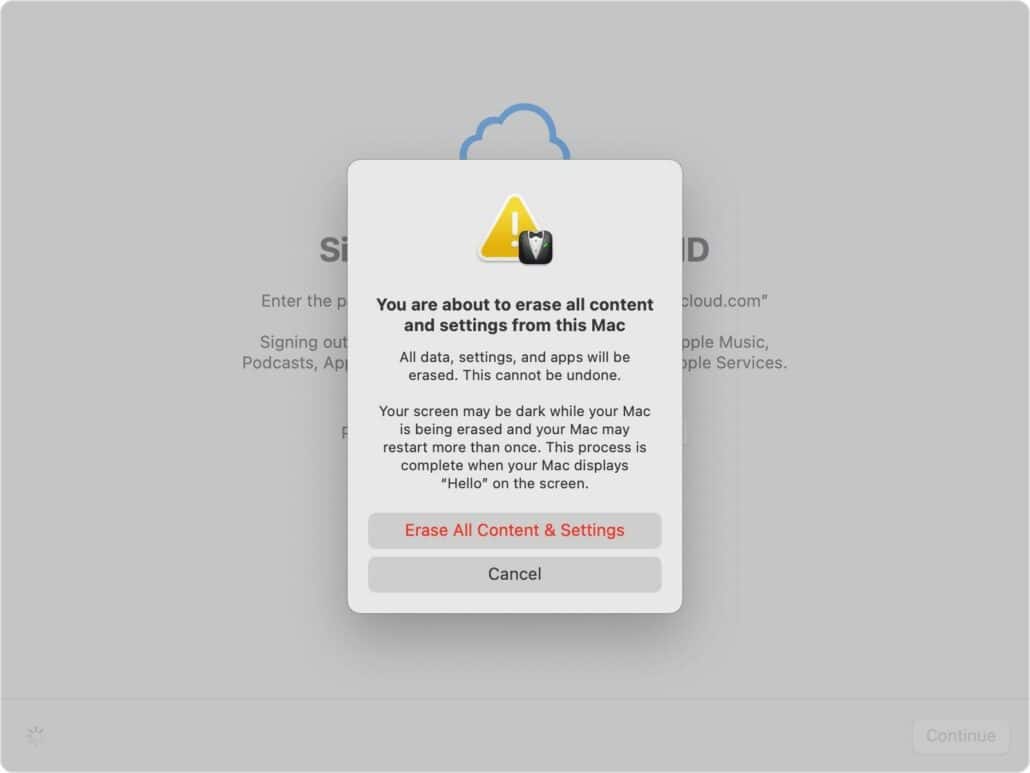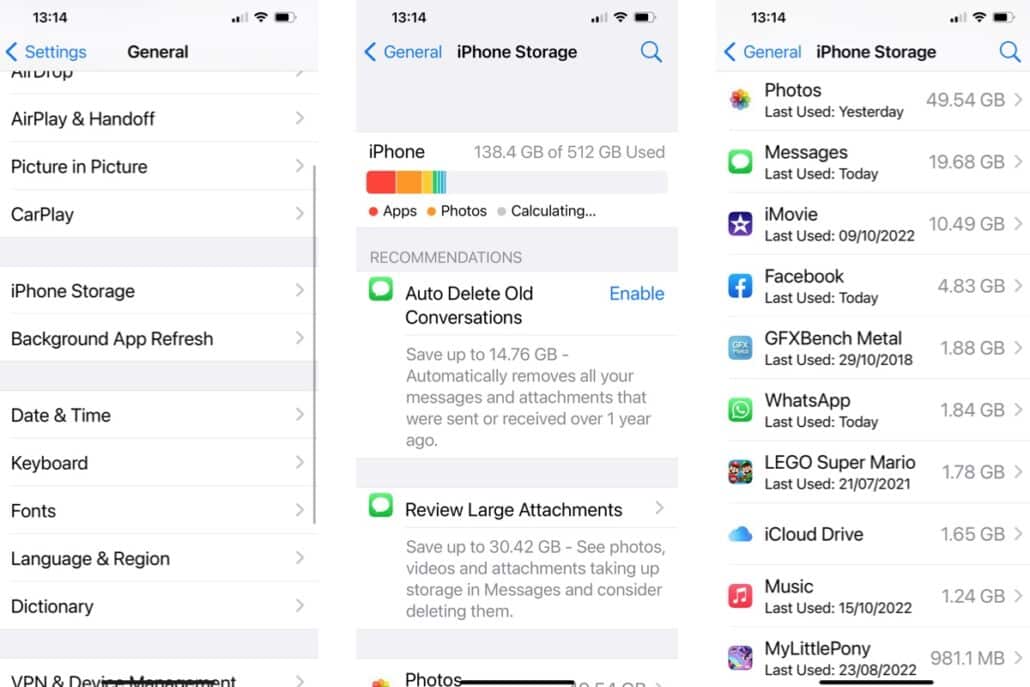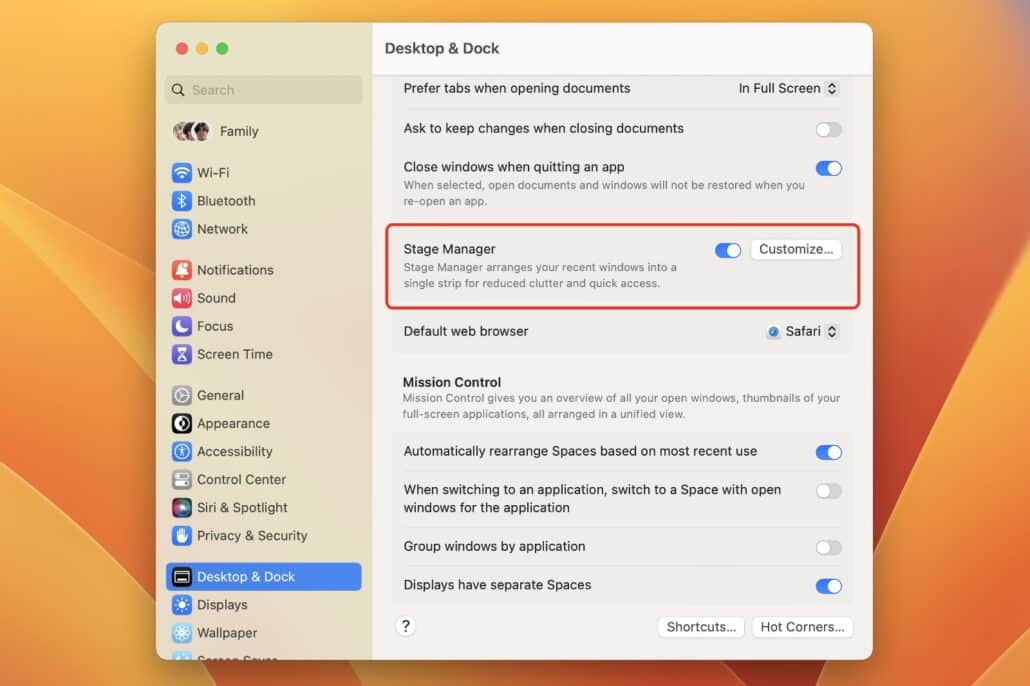
How to use Stage Manager to organize apps in macOS 13 Ventura
Stage Manager is a new feature in macOS 13 Ventura for organizing your windows. If you work in several applications at a time, Stage Manager can be used to easily switch between apps and documents, saving you from the headache of finding the window you need.
It’s easy to set up, but it’s a big change from what we’ve been using for decades on the Mac. Here’s everything you need to know about the Mac’s newest navigation and multitasking method.
macOS Ventura: Set up Stage Manager
You can turn on/off Stage Manager in the Control Center, but you can also activate and customize it in System Settings. Here’s how.
- Time to complete: 2 minutes
Tools required: macOS Ventura Materials required: Mac compatible with Ventura Cost: Free upgrade
Stage Manager in System Settings
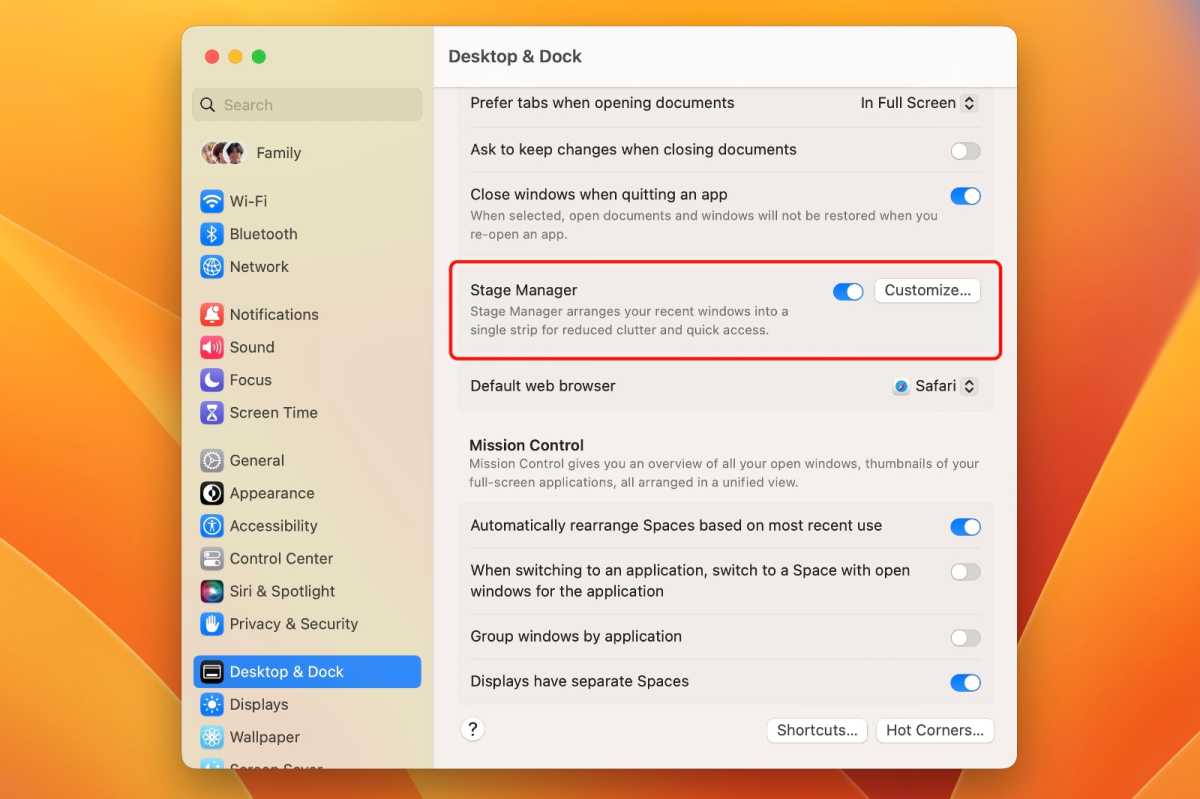
Foundry
Open System Settings and select Desktop & Dock in the left column. In the main section of the window, scroll down until you find the Stage Manager section. Click the switch to turn on/off Stage Manager. When you turn it on for the first time, a pop-up window explains what Stage Manager does. You need to click the Turn On Stage Manager button to confirm that you want to turn it on.
Customize Stage Manager

Foundry
Click Customize to adjust how Stage Manager appears. There are three settings here:
- Recent applications: See thumbnails on the left side to stay on the screen. Turning it off will hide the thumbnails and you’ll need to move the pointer to the left side of the display to make them appear.
- Desktop Items: Show your Mac’s storage devices, any files you save to the Desktop, etc.
- Show windows from an application: This is for an app with multiple windows open. There are two options here:
- All at Once: displays all the app’s windows stacked on the screen at the same time.
- One at a Time: displays only one window from the app. When you click the other app window’s thumbnail on the left, the currently displayed window switches with the thumbnail you clicked.
Close System Settings when you’re done
macOS Ventura: How Stage Manager works
On the left side of the screen, apps are sorted as thumbnails. When you launch the first app or have only one app open, it’s active on the screen and there’s no thumbnail. That app becomes a thumbnail when you launch another app. Launch more apps and more thumbnails are made until there are five. When there are more than five apps open, the most recently used apps are thumbnails and if you quit one of those apps, one of the not shown apps takes its place on the thumbnail row.
Clicking on the thumbnail opens the window on the screen. If you have multiple windows of an app open, how they appear depends on the setting you can customize in System Settings > Desktop & Dock > Stage Manager > Customize. (See step 2 above.) Apple offers two options: All at Once (displays all the app’s windows stacked on the screen at the same time) or One at a Time (displays only one window from the app and when you click the other app window’s thumbnail on the left, the currently displayed window switches with the thumbnail you clicked).
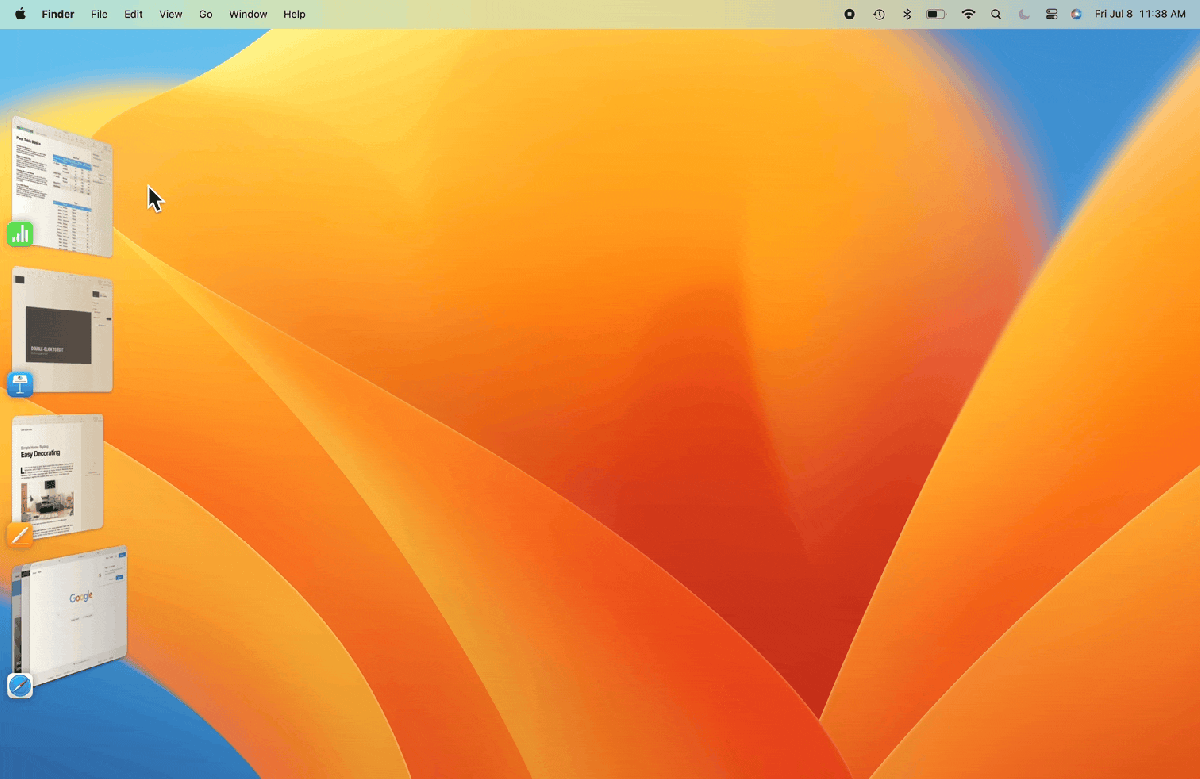
Foundry
macOS Ventura: Create Stage Manager groups
You can create groups of windows that go together for your workflow. For example, if you’re writing a research paper, you can have Pages, Safari, Dictionary, and the Notes apps open, and you can group them together by dragging each thumbnail to the center of the screen. When all the appropriate windows are on the screen, click on a thumbnail in Stage Manager, and a group of the apps on the screen is automatically created. Then when you click on the group thumbnail, those app windows appear on the screen.

Foundry
macOS Ventura: Hide Stage Manager recent applications thumbnail strip
Stage Manager can be set so the thumbnails hide on the left side of the display instead of always appearing on the screen. You can turn the strip off in System Settings > Desktop & Dock > Stage Manager > Customize > Recent Applications. Turn the switch off if you want the thumbnails to hide.
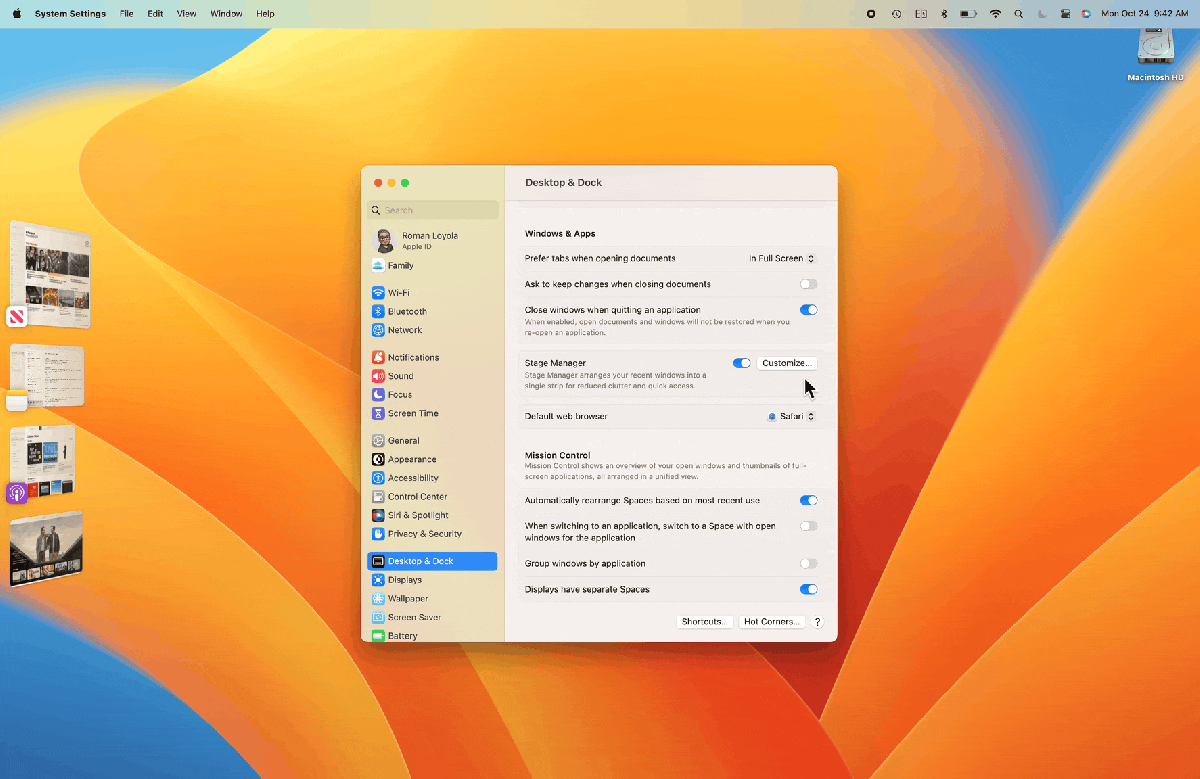
Foundry
macOS Ventura: Desktop access with Stage Manager
In System Settings > Desktop & Dock > Stage Manager > Customize, there is an option for Desktop Items. When it’s on, anything on the Desktop can be seen whenever you are in an app. When it’s off, anything on the desktop is hidden, and to see a Desktop item, you have to click on the Desktop.
If you like having a clean desktop while in an app, you should turn this option off. If you frequently use the Desktop as a place to put and access files, turn this option on.
For more information read all about the best features coming to macOS Ventura and how Ventura compares to Monterey.



